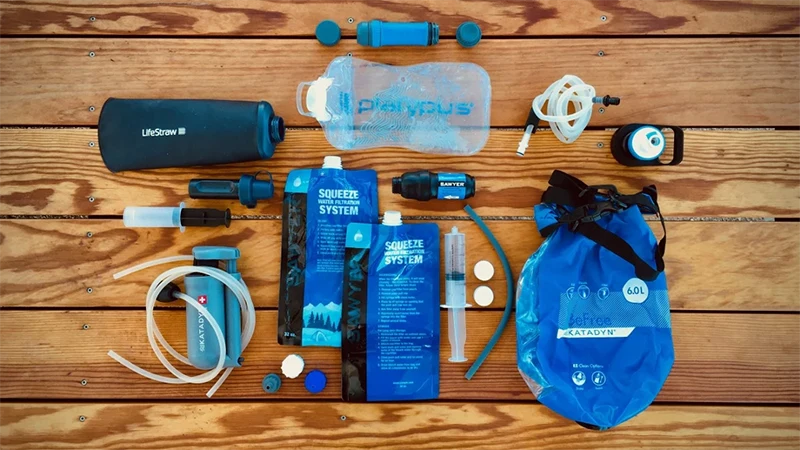

What are no-see-ums?
Biting midges, or “no-see-ums,” are winged insects from the Ceratopogonidae family, which includes over 4,000 species. They are tiny gnat-like insects (only 1-3 mm long) and, like black flies, inflict painful bites.
Biting midges can be a nuisance to campers, fishermen, hunters, hikers, gardeners, and others who spend time outdoors during early morning and evenings, and even during the daytime on still, cloudy days. They readily bite humans, but they are so small that they may look like black lint or some flecks of dirt. Consequently, the person being bitten often cannot see what is doing the biting — hence the name “no-see-ums!”
Biting midges are sometimes incorrectly referred to as “sand flies.” Sand flies are insects that belong to a different biological group and should not be confused with biting midges. Interestingly, both male and female biting midges feed on nectar; however, only the females feed on blood, which is needed for the maturation of fertilized eggs. The Culicoides genus, in particular, is known to occasionally feed on animals and humans and acts as a possible vector in the transmission of diseases such as Oropouche fever, filariasis, and Japanese encephalitis, though disease transmission to humans in North America is extremely rare.
Have the itch to read more? Find the complete article here.
From the Squad
Campfire conversations with our community, from Squad Members and Ambassadors to Brand Partners and the Sawyer team.

















